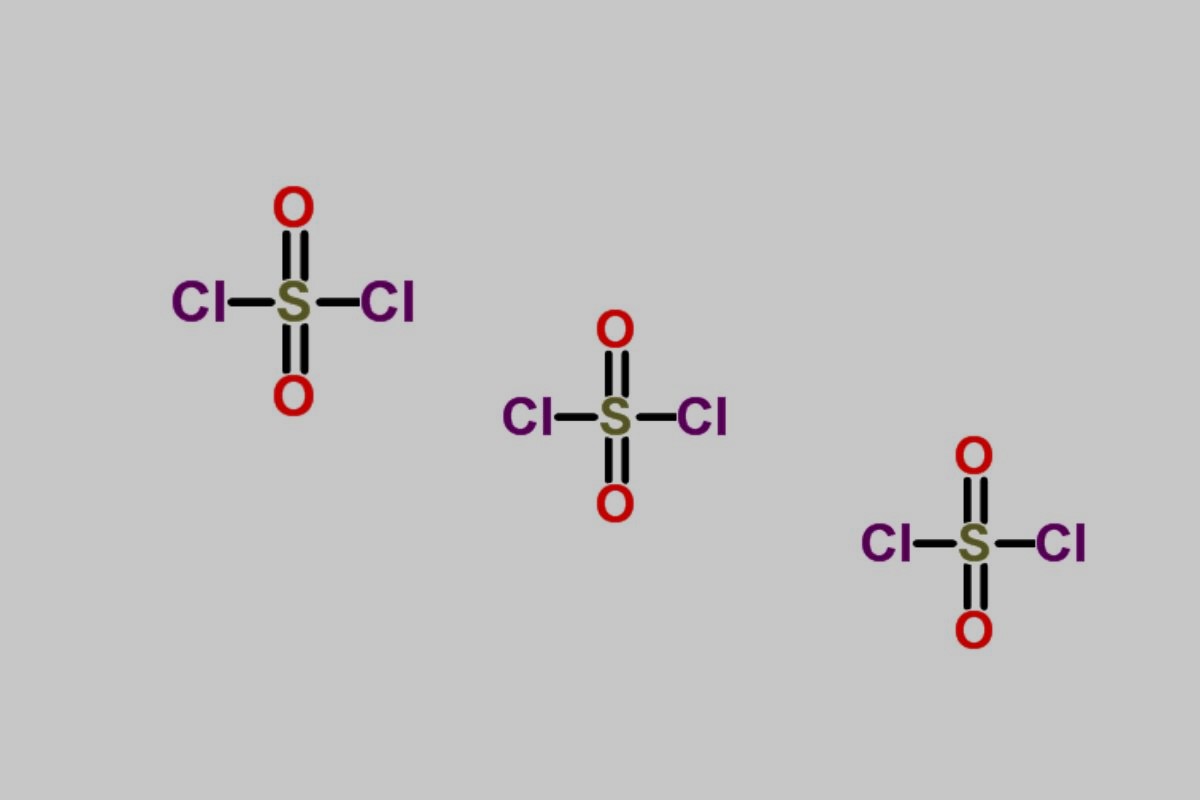
Cyanogen selenocyanate might sound like a mouthful, but this compound is more interesting than you might think. What is cyanogen selenocyanate? It's a chemical compound with the formula (NCSe)₂, known for its unique properties and uses in various fields. This compound combines elements like carbon, nitrogen, and selenium, creating a fascinating mix. Scientists often study it for its potential applications in organic synthesis and materials science. Despite its complex name, understanding cyanogen selenocyanate can be quite straightforward. Let's dive into 20 intriguing facts about this compound that will shed light on its characteristics, uses, and why it captures the interest of researchers worldwide.
Key Takeaways:
- Cyanogen Selenocyanate is a reactive compound with a distinctive odor, used in organic synthesis and coordination chemistry. It requires careful handling due to its toxic nature and potential hazards.
- Ongoing research on Cyanogen Selenocyanate explores its potential in pharmaceuticals and its environmental impact, aiming to develop new drugs and mitigate any negative effects.
What is Cyanogen Selenocyanate?
Cyanogen selenocyanate is a chemical compound with intriguing properties and uses. This article will explore some fascinating facts about this compound, shedding light on its characteristics, applications, and more.
Chemical Composition and Structure
Understanding the makeup of cyanogen selenocyanate helps in grasping its unique properties.
- Cyanogen selenocyanate has the chemical formula C2N2Se.
- It consists of two cyanogen groups (C≡N) bonded to a selenium atom.
- The compound is part of the selenocyanate family, which includes other compounds where selenium is bonded to cyanogen groups.
Physical Properties
The physical characteristics of cyanogen selenocyanate make it stand out among other compounds.
- It appears as a colorless crystalline solid.
- The compound has a melting point of around 30°C (86°F).
- Cyanogen selenocyanate is soluble in organic solvents like ethanol and acetone.
- It is known for its distinctive odor, which can be quite pungent.
Chemical Properties
Cyanogen selenocyanate exhibits several interesting chemical behaviors.
- It is a reactive compound, especially with nucleophiles.
- The compound can decompose when exposed to moisture, releasing toxic gases.
- It can participate in addition reactions with various organic molecules.
- Cyanogen selenocyanate can act as a ligand in coordination chemistry, bonding with metals.
Safety and Handling
Due to its reactivity and potential hazards, proper safety measures are essential when working with cyanogen selenocyanate.
- The compound is toxic if ingested or inhaled.
- It can cause severe skin and eye irritation upon contact.
- Proper protective equipment like gloves and goggles should be worn when handling it.
- It should be stored in a cool, dry place away from moisture and incompatible substances.
Applications in Chemistry
Cyanogen selenocyanate has several applications in the field of chemistry.
- It is used as a reagent in organic synthesis.
- The compound can be employed in the preparation of selenocyanates and other selenium-containing compounds.
- It is also used in coordination chemistry to form complexes with metals.
Research and Development
Ongoing research continues to uncover new uses and properties of cyanogen selenocyanate.
- Scientists are exploring its potential in pharmaceuticals for developing new drugs.
- Research is also being conducted on its environmental impact and ways to mitigate any negative effects.
Final Thoughts on Cyanogen Selenocyanate
Cyanogen selenocyanate, a fascinating compound, holds a unique place in chemistry. Its distinctive properties and applications make it a subject of interest for scientists and researchers. From its chemical structure to its uses in organic synthesis, this compound offers a wealth of knowledge. Understanding its toxicity and handling precautions is crucial for safe experimentation.
Whether you're a student, a professional chemist, or just curious, knowing these facts can deepen your appreciation for this intriguing substance. Keep exploring and learning about the wonders of chemistry. There's always more to discover, and who knows, cyanogen selenocyanate might just be the key to your next big breakthrough. Stay curious, stay safe, and happy experimenting!
Frequently Asked Questions
Was this page helpful?
Our commitment to delivering trustworthy and engaging content is at the heart of what we do. Each fact on our site is contributed by real users like you, bringing a wealth of diverse insights and information. To ensure the highest standards of accuracy and reliability, our dedicated editors meticulously review each submission. This process guarantees that the facts we share are not only fascinating but also credible. Trust in our commitment to quality and authenticity as you explore and learn with us.
